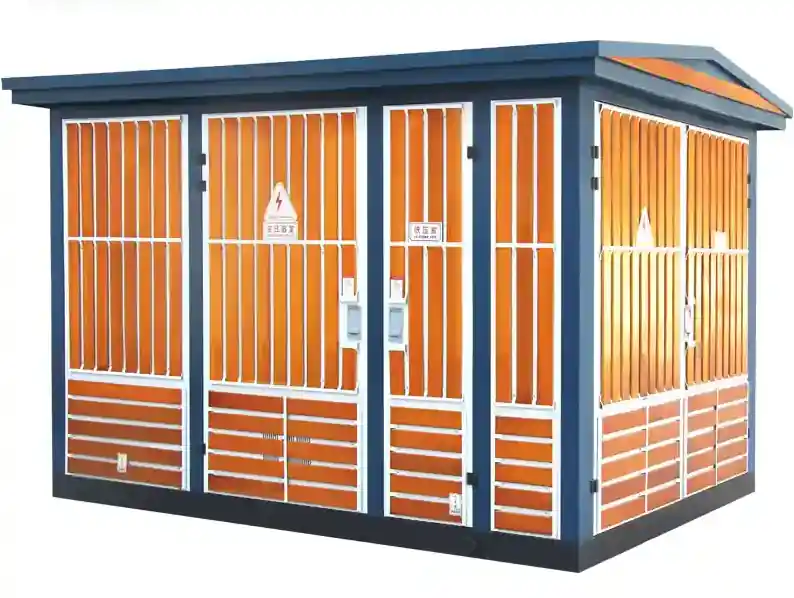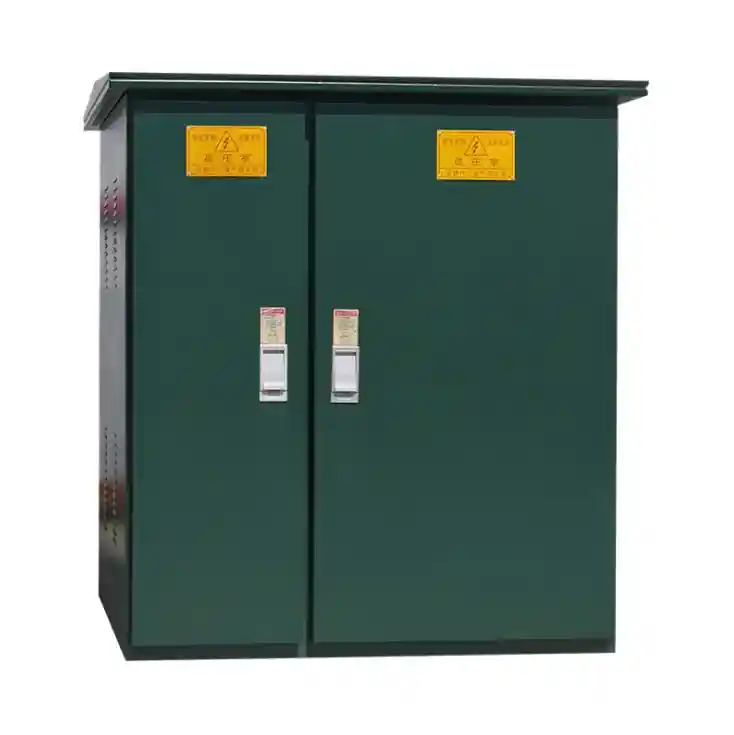
Vysvětlení základního pojmu
A rozvodna je součástí elektrické výrobní, přenosové a distribuční soustavy, která transformuje napětí z vysokého na nízké nebo naopak pomocí. transformátory. A transformátor je statické elektrické zařízení, které přenáší elektrickou energii mezi dvěma nebo více obvody pomocí elektromagnetické indukce.
Rozvodny lze klasifikovat jako:
- Přenosové rozvodny (vysokonapěťové propojení)
- Distribuční rozvodny (snížení napětí pro spotřebitele)
- Spínací rozvodny (pro směrování toku energie)
Transformátory v těchto rozvodnách jsou rozděleny do kategorií podle:
- Jmenovitý výkon (kVA nebo MVA)
- Typ izolace (olejové, suché)
- Fáze (jednofázové nebo třífázové)
- Chladicí systém (ONAN, ONAF atd.)
Aplikace v průmyslu a infrastruktuře
- Městské a venkovské distribuční sítě
- Průmyslové výrobní zóny
- Integrace obnovitelných zdrojů energie (např. solární farmy, větrné farmy).
- Obchodní zařízení a nákupní centra
- Kritická infrastruktura, jako jsou nemocnice a datová centra.

Tržní trendy a souvislosti
Podle IEEMA a nedávné Zprávy IEEE, roste poptávka po kompaktních, modulárních rozvodnách a ekologických transformátorech. Posun směrem k inteligentní sítě a obnovitelná energie integrace urychluje potřebu efektivní technologie transformátorů. Podniky veřejných služeb také investují do automatizace, dálkového monitorování a technologií pro izolaci poruch.
Technické specifikace a srovnání
| Funkce | Tradiční olejový transformátor | Suchý transformátor |
|---|---|---|
| Chlazení | Na olejové bázi | Vzduch/přírodní |
| Bezpečnost | Riziko úniku/požáru | Bezpečnější v uzavřených prostorách |
| Údržba | Vyžaduje pravidelné kontroly oleje | Nižší nároky na údržbu |
| Aplikace | Venkovní, vysokonapěťové | Vnitřní, citlivé prostory |
Transformátory se také hodnotí podle napětí a výkonu, např. 33/11kV 10MVA, 11kV 1MVA, atd.
Rozdíl oproti podobným technologiím
Zatímco rozváděče řídí ochranu a řízení obvodů, transformátory zaměřit se na regulaci napětí. Na rozdíl od Systémy UPS, transformátory nemohou uchovávat energii, ale zajišťují její nepřetržitou transformaci a regulaci.
Rady pro výběr a průvodce nákupem
Při výběru transformátoru nebo rozvodny berte v úvahu:
- Požadavky na zatížení (kW nebo kVA)
- Úrovně vstupního/výstupního napětí
- Umístění v interiéru vs. venku
- Potřeby chlazení a izolace
- Soulad s místními normami a normami IEEE/IEC
Spolupráce s certifikovanými výrobci, jako jsou např. Schneider Electric, ABBa Siemens zajišťuje zajištění kvality a poprodejní podporu.
Často kladené otázky (FAQ)
Odpověď: Při správné údržbě mohou transformátory vydržet 25 až 40 let v závislosti na zatížení, prostředí a způsobu používání.
Odpověď: Přestože jsou transformátory primárně určeny pro vnitřní použití, mohou být speciálně uzavřené suché transformátory instalovány venku v ochranných krytech.
Odpověď: Kontroly by se měly provádět jednou ročně, u zařízení s vysokou spotřebou každý měsíc.


